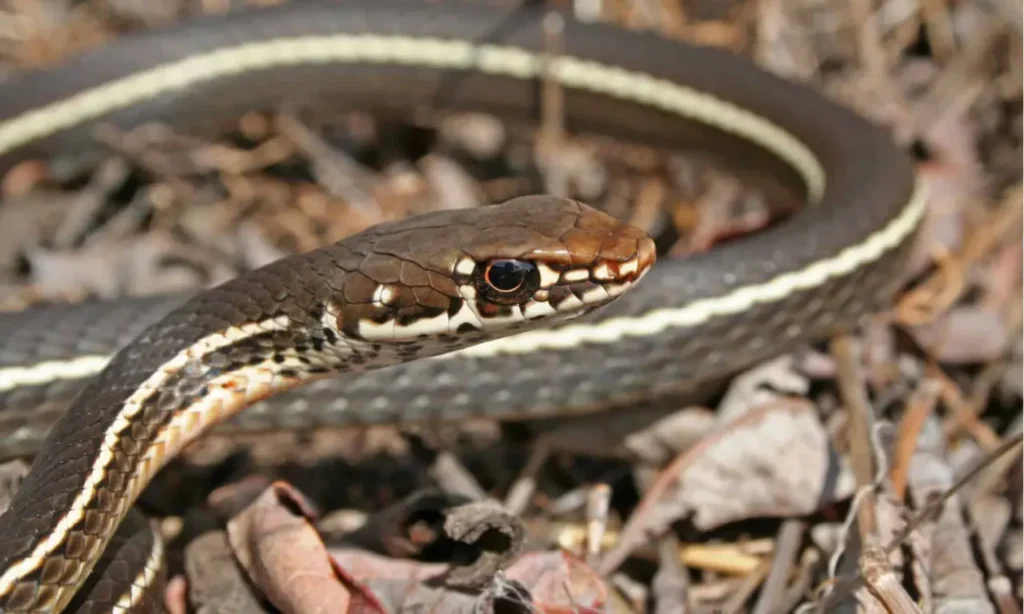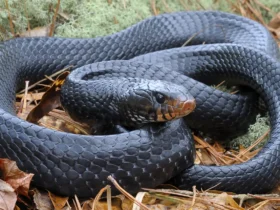The rainforests of Southeast Asia are renowned for their astonishing biodiversity, and among the many creatures that inhabit these lush habitats is the enigmatic Black-striped Snake (Neelaps calonotos). This stunning serpent, with its unique coloration and elusive nature, has captured the curiosity of herpetologists and nature enthusiasts alike. In this article, we delve into the intriguing world of the Black-striped Snake, exploring its physical characteristics, behavior, and ecological significance.

Physical Characteristics
The Black-striped Snake, also known as Neelaps calonotos, is a relatively small species of snake, typically measuring between 30 to 50 centimeters in length. This slender serpent showcases a remarkable coloration pattern that sets it apart from its relatives. Its dorsal side is adorned with alternating black and yellow stripes, while the ventral side is predominantly black. This distinct striping pattern acts as a natural camouflage, allowing the snake to blend seamlessly into the forest floor.
Habitat and Distribution
These captivating snakes are primarily found in the rainforests of Southeast Asia, particularly in countries such as Malaysia, Indonesia, and Thailand. They prefer the dense vegetation and humid environments of these regions, where they can seek shelter under leaf litter, fallen logs, and rocks. Due to their elusive nature, spotting a Black-striped Snake in its natural habitat is a rare and fortunate occurrence.

Behavior and Diet
The Black-striped Snake is a nocturnal and secretive creature, spending the majority of its time hidden away from prying eyes. As an ambush predator, it relies on stealth and patience to capture its prey. Its diet mainly consists of small vertebrates, such as frogs, lizards, and occasionally other snakes. Using its specialized jaws, the Black-striped Snake is able to swallow its prey whole, relying on its strong digestive system to break down the food.
Reproduction and Lifecycle
Little is known about the reproductive behavior of the Black-striped Snake. Like many other snake species, they are believed to be oviparous, meaning they lay eggs rather than giving live birth. The eggs are typically laid in concealed locations, such as beneath rotting vegetation, providing a safe and warm environment for the development of the embryos. The young snakes hatch from the eggs after a relatively short incubation period.

Ecological Significance
As with many creatures in the rainforest, the Black-striped Snake plays a vital role in maintaining the delicate balance of the ecosystem. By preying on small vertebrates, it helps regulate populations and contributes to the overall diversity of the rainforest community. Additionally, as an elusive predator, the Black-striped Snake faces threats from other animals and serves as a valuable food source for larger predators, creating a dynamic web of interactions within the rainforest ecosystem.
Final Thought
The Black-striped Snake (Neelaps calonotos) is a captivating and elusive serpent that calls the rainforests of Southeast Asia its home. With its distinctive black and yellow striping pattern, secretive behavior, and important ecological role, this species continues to intrigue scientists and nature enthusiasts alike. While much remains to be discovered about the life of this fascinating snake, its presence serves as a reminder of the astonishing diversity and beauty of the rainforest ecosystem.








